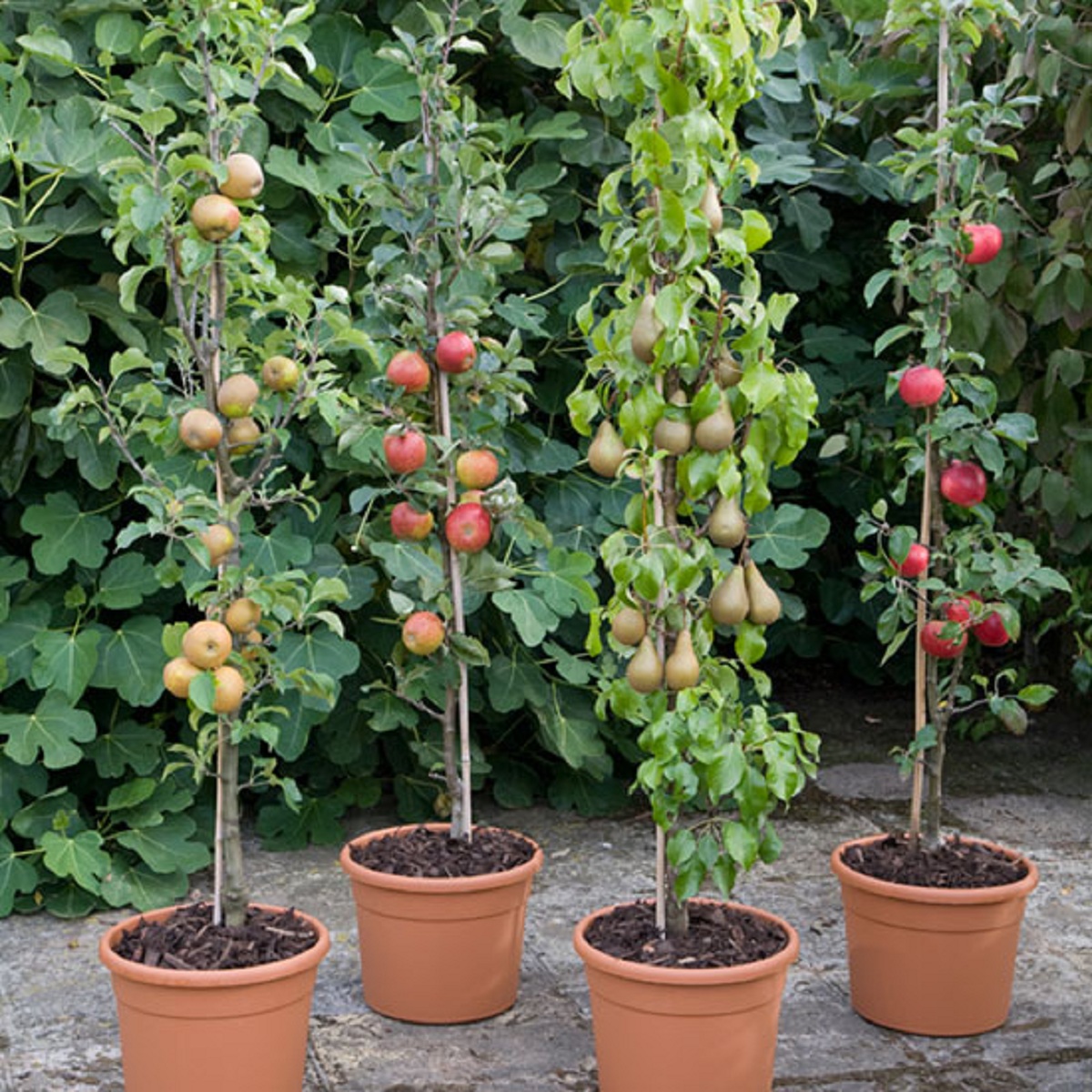1. Filling a pot too much
You’ve planted your new plant, and it looks great but you can’t even lift it off the ground… The worst outcome imaginable is having to undo everything you just did and start once again. Easier possible solutions include moving the unwieldy container with a few strong helpers, using a dolly, or maneuvering the plant onto a board or tarp and dragging it to its destination.
The best way to plant a new pot is to do it on-site. Take the pot to its planned area and make sure it is secure and level. At exactly that point should you fill it. However, this can be very inconvenient. The spot may be a long way from a water source, and you have to water it well on planting day, yet consistently from there on. Bring along a watering can.
The soil mix, drainage stones, and the plants you intend to transplant can make a mess as you set up everything together. Bring a tarp, which you can get together when you’re set, drag away, and shake or hose off as required.
2. Using a large container for a small plant
You may think ahead and plant a small plant in a large container. However, this tactic can go awry when the small plant really is a small or slow-growing, destined never to get very large. The result looks bad because the plant is overwhelmed by its surroundings. Additionally, a small plant can dry out quickly, as water has to disperse throughout the entire pot.
When planting a new plant always choose a compatible size container for it. The key is understanding what that estimate size of the plant will be.
A generally acknowledged design principle is to keep the ultimate plant-to-pot ratio at about 1:1. Put that cute dwarf conifer in a smaller container that will accommodate its root system yet also be a reasonable and even counterpart for its stature and size.
If you planted a small plant in a bigger pot, you can always transplant the small plant into a smaller pot. You can do this at practically whenever, even in the warmth of summer After the move you should provide the plant with a touch of shielding shade and a lot of water until it settles in, at which time you can return it to the planned spot and change its care routine as necessary.
See also: 5 Container gardening tricks
3. Not watering plants enough
In certain places, especially hot, windy, sunny locations, plants in containers can suck up all the available moisture in their potting soil and start to wilt in a single day.
You may feel that plants in containers dry out very quickly on the grounds that their root systems aren’t big enough. There’s another reason however – their root systems are practically uncovered, as a thin layer of plastic or clay is all that protects them from the elements.
Be careful when using clay pots since they can absorb the moisture from the roots. Use smaller plastic pot and settle it inside a ceramic or clay one. Softly mulching the soil mix surface has the same benefits as mulching in the garden — it helps hold in moisture and moderates soil temperature changes (you can utilize a slim layer of bark mulch or even gravel).
Purchase a potting mix that includes moisture-absorbing coconut hulls, or try moisture-holding gel or gel beads (follow the label directions or this material will lead to slimy soil mix).
4. Using a container without a drainage hole
Some of the more decorative ceramic or clay pots don’t have any drainage holes. If excess water cannot get out of the bottom the moisture builds up, roots are deprived of oxygen and will rot.

However, don’t give up on them just yet. You just have to make sure drainage is provided for. It may be possible to poke or drill holes in the bottom, depending on what the item is made of and whether you have a tool that can do this (you can brake a flat-bottomed clay pot into pieces if you drill holes in it). If you can’t make holes, there are two other solutions.
- Try placing a smaller plastic pot with drainage holes inside the bigger decorative pot – Make sure not to overwater, as abundance will drain into the bigger container.
- Line the base of an undrained container with a layer of little rocks – This creates an area where excess water can flow and, ideally, wick back up into the soil mix above as required. A drainage layer keeps the plants from drowning in standing water or drenched mix.

